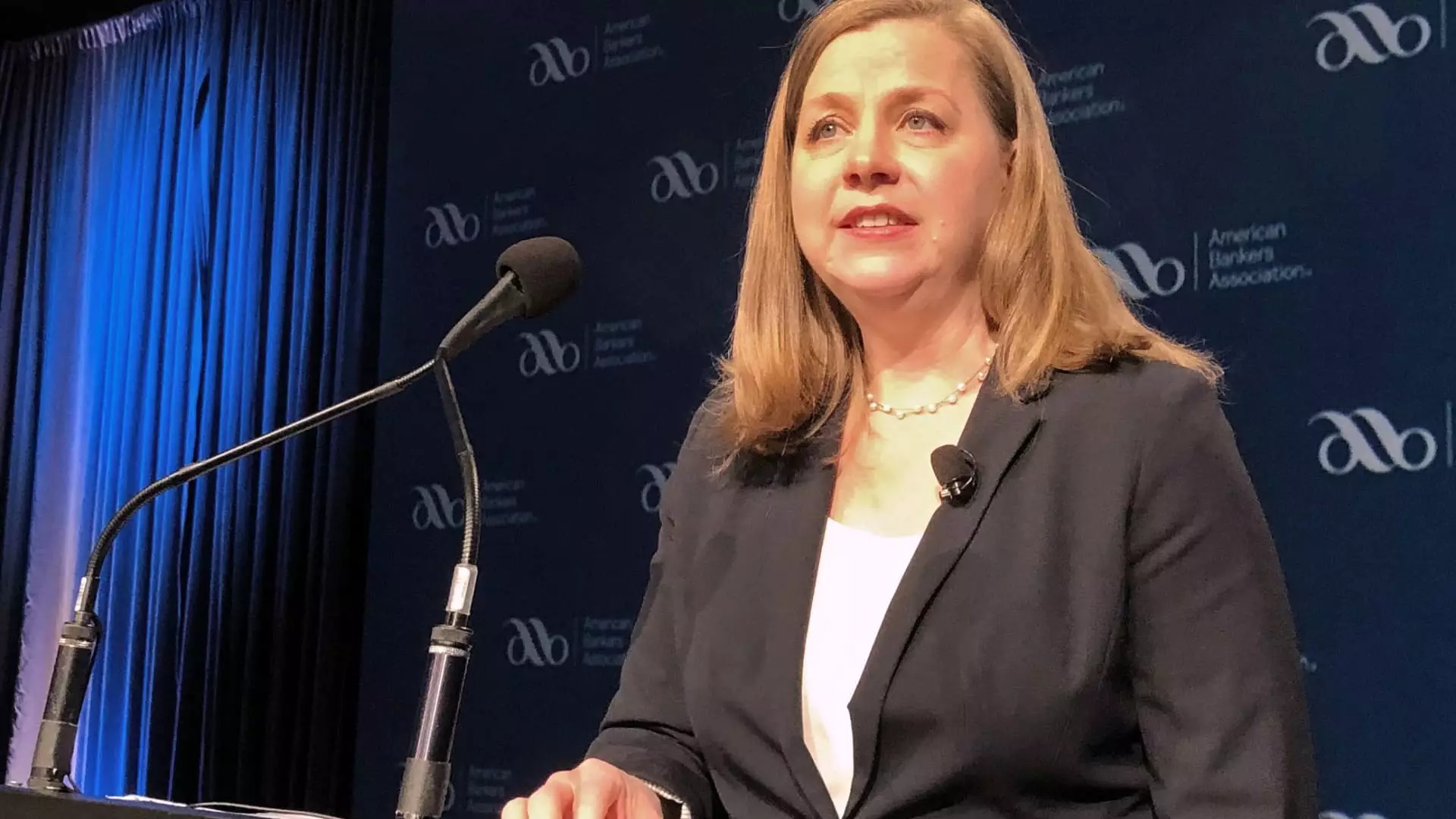The discourse surrounding the Federal Reserve’s monetary policy has become increasingly nuanced as officials grapple with inflation dynamics. During a recent address, Federal Reserve Governor Michelle Bowman highlighted the intricate balance that policymakers must maintain. While she conveyed optimism about the policy’s current effectiveness, indicating a suitable position for monetary strategy, her call for caution resonates as inflation data still presents challenges. This cautious tone reflects not only the complexities within the inflation landscape but also the broader economic implications that result from policy decisions.
The Inflation Landscape
Bowman’s observation regarding the persistent inflation in core goods since last spring indicates a concerning trend that hampers steady progress. Despite expectations for a deceleration in inflation over the coming months, Bowman articulated a reality where significant hurdles remain. The potential for disinflation to materialize at a slower pace than anticipated reveals the reality that inflation does not yield to policy adjustments overnight; it requires a sustained commitment to monitoring economic indicators meticulously. The recent uptick in the consumer price index, surpassing projections, underscores the unpredictable nature of inflation and raises questions about the effectiveness of existing policies.
In light of prevailing economic indicators, Governor Bowman emphasized the importance of vigilance concerning price stability. Her assertion about the ongoing strength of the labor market adds a layer of complexity, as a robust labor market often signals sustaining consumer demand, which can compel inflationary pressures. As the Federal Reserve maintains its current interest rate range, this strategic pause offers the opportunity for policymakers to closely analyze emerging data, thereby refining their approach to interest rate adjustments responsibly.
Moreover, the introduction of external factors, such as tariffs imposed by President Donald Trump, similarly complicates the economic environment. These tariffs have drawn scrutiny from economists who argue they contribute to inflationary pressures, making it even more challenging for the Fed to navigate its course. The interplay between trade policies and inflation necessitates a thorough examination of their impacts on consumer behavior and overall economic stability.
As the Federal Reserve contemplates potential changes to the interest rate landscape, it faces the dual challenge of sustaining economic growth while curtailing inflation. Bowman’s cautionary approach serves as a reminder that discernible shifts in monetary policy should be substantiated by clear evidence of economic improvement. With this in mind, the coming months are pivotal; they will offer key insights into consumer trends and inflation trajectories, potentially guiding the Fed’s future decisions.
The dialogue surrounding monetary policy is not merely about rates; it also encapsulates broader economic realities that underscore the importance of informed, data-driven decision-making. The path forward demands careful scrutiny as the Federal Reserve navigates the delicate balance between fostering economic stability and mitigating inflation risks. The effectiveness of these strategies will ultimately hinge on the responsiveness of economic indicators to the policies implemented in this evolving economic landscape.

